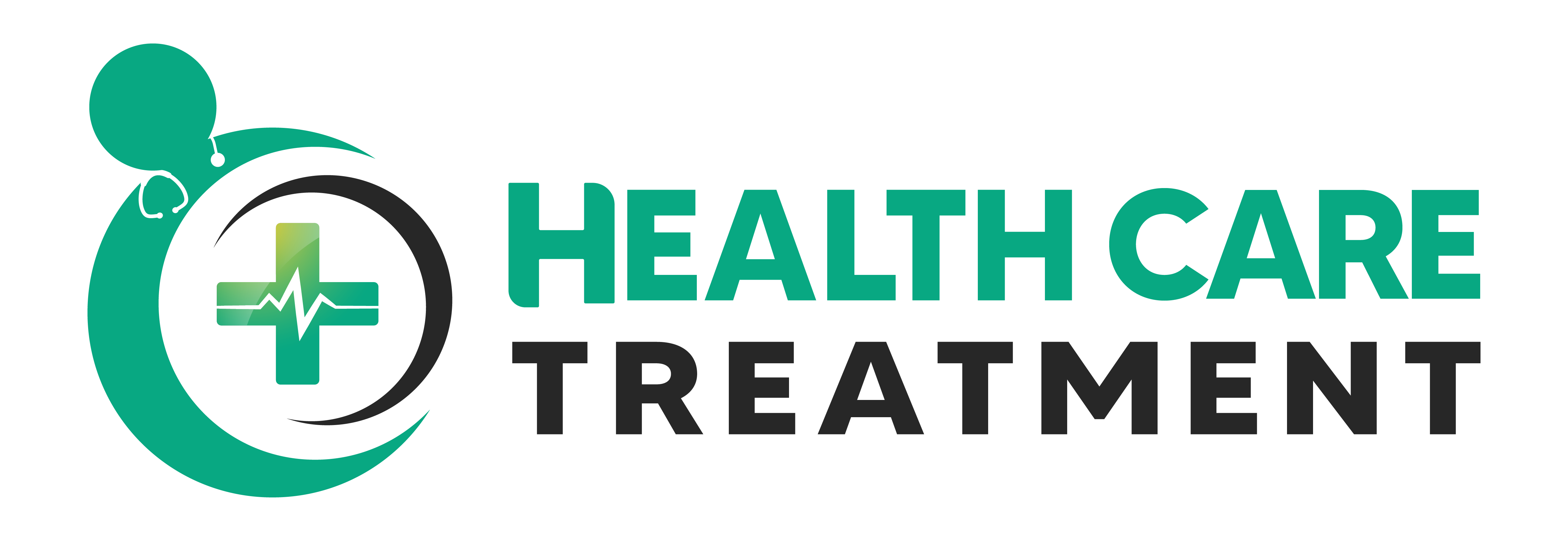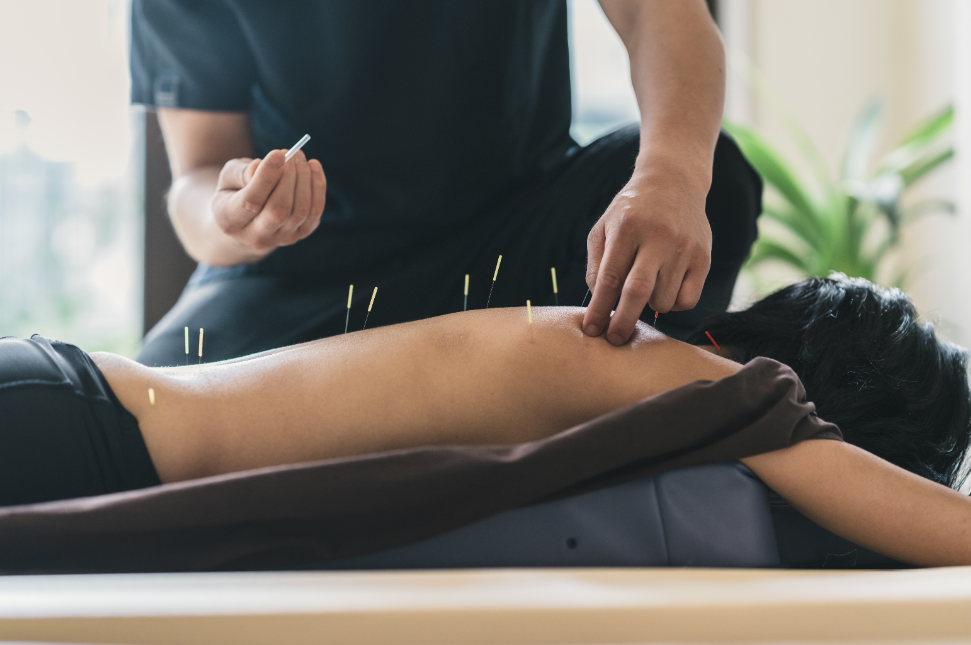The ancient art of Chinese acupuncture, a cornerstone in Traditional Chinese Medicine (TCM), is rooted in a profound philosophy that views the universe and everything within it as interconnected and continuously changing. This philosophy is beautifully encapsulated in the Five Element theory, which revolves around the elements of Wood, Fire, Earth, Metal, and Water.
Understanding the Five Elements
Before delving into the intricacies of this Eastern therapeutic practice, it’s crucial to understand the five fundamental elements that form its foundation.
- Wood symbolizes growth and vitality, akin to a tree sprouting new leaves in spring.
- Fire represents warmth and enthusiasm, mirroring the summer sun’s radiant energy.
- Earth stands for nurturing and stability, reflecting late summer when crops are harvested.
- Metal signifies refinement and withdrawal, much like autumn when leaves fall, and nature draws inward.
- Water embodies wisdom and introspection, emulating winter when life slows down, and silence prevails.
These elements are not static; they interact and transform continuously, creating an ever-moving cycle between Yin (passive, cool, and dark) and Yang (active, warm, and light).
The Role of Five Elements in Chinese Acupuncture
In the realm of Chinese acupuncture, these elements correspond to specific body organs, emotions, colours, and tastes. They provide a comprehensive framework to diagnose and treat health issues by identifying imbalances in the body’s energy flow, or Qi.
For instance, if a patient presents symptoms of stress and anger with related liver problems, an acupuncturist might identify an imbalance in the Wood element. The practitioner would then use fine needles to stimulate specific points on the body’s meridians (energy pathways) associated with the Wood element to restore balance and promote healing.
Integration with Other Therapies: Remedial Massage
An interesting aspect of TCM is its integrative approach, often combining acupuncture with other therapies for holistic healing. One such therapy is remedial massage in Cabarita, which can be used in conjunction with acupuncture to enhance its effects. This massage focuses on the body’s soft tissues, relieving tension and improving circulation, complementing acupuncture’s energy-balancing effects.
The Relevance of Five Elements Today
While these elements theory originated centuries ago during China’s Warring States Period, it remains relevant in today’s modern world. It offers a unique perspective on health and well-being, emphasizing balance, harmony, and the interconnectedness of all things.
In conclusion, these elements of Chinese acupuncture provide a profound and holistic framework for understanding our health. By acknowledging the constant interplay of these elements within us, we can better tune into our bodies, identify imbalances, and embark on a path of balanced healing and harmonious living.

